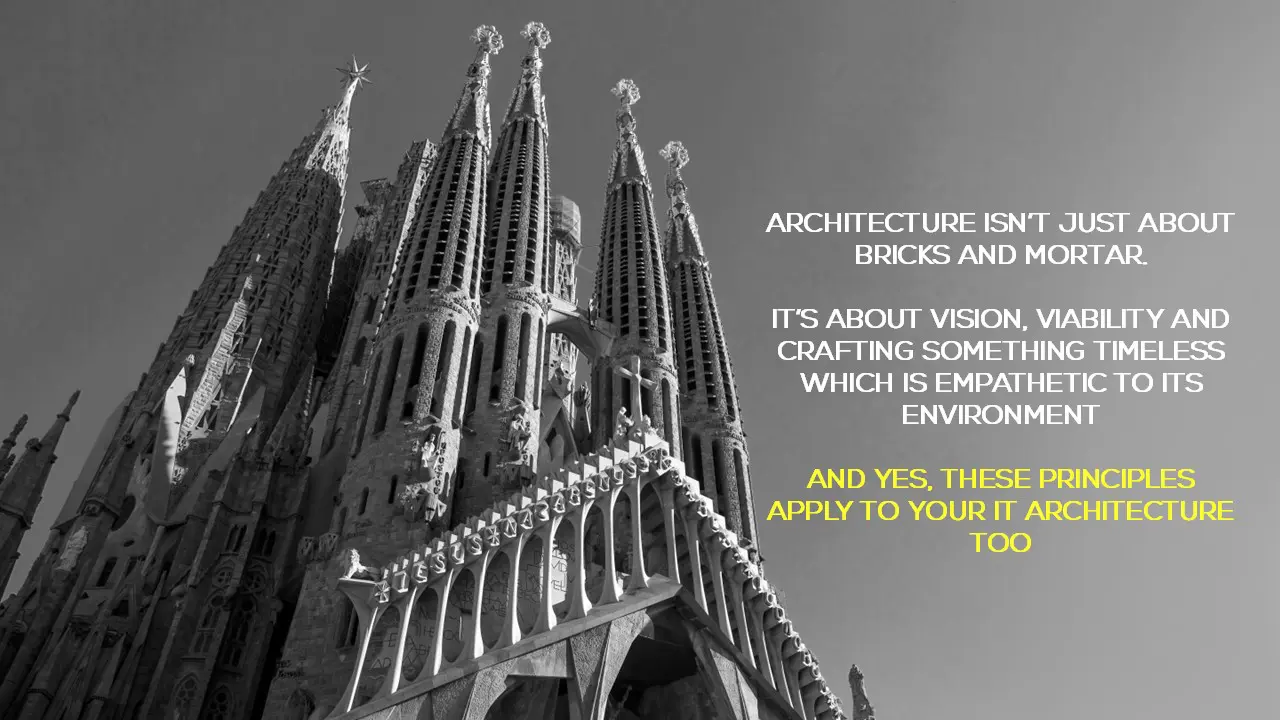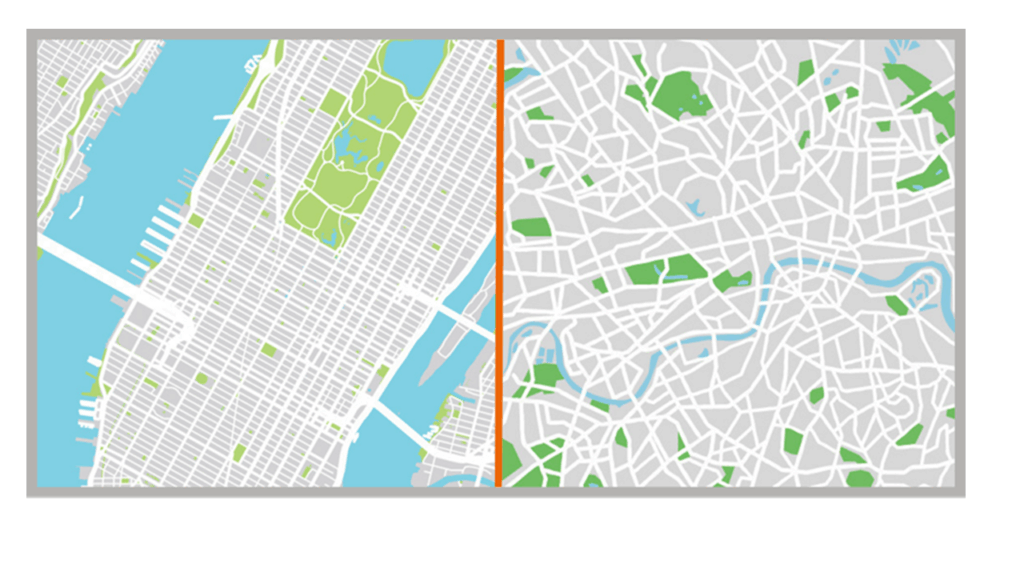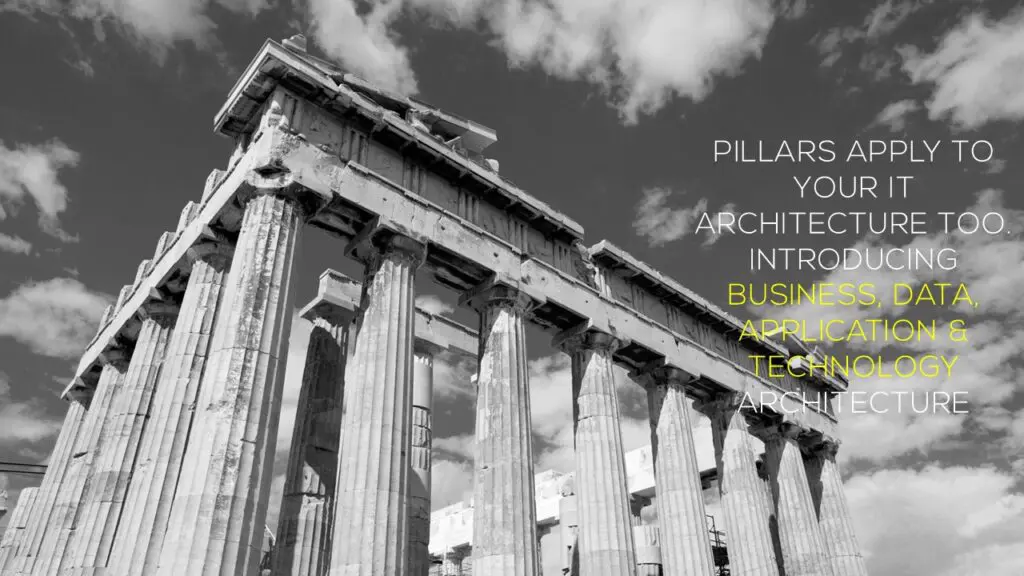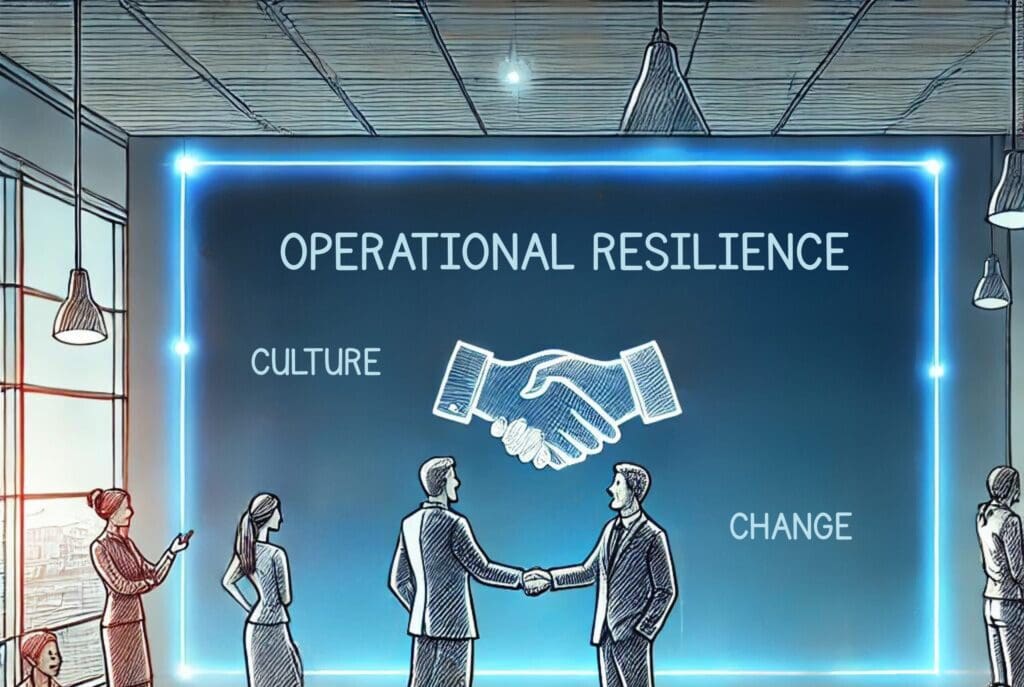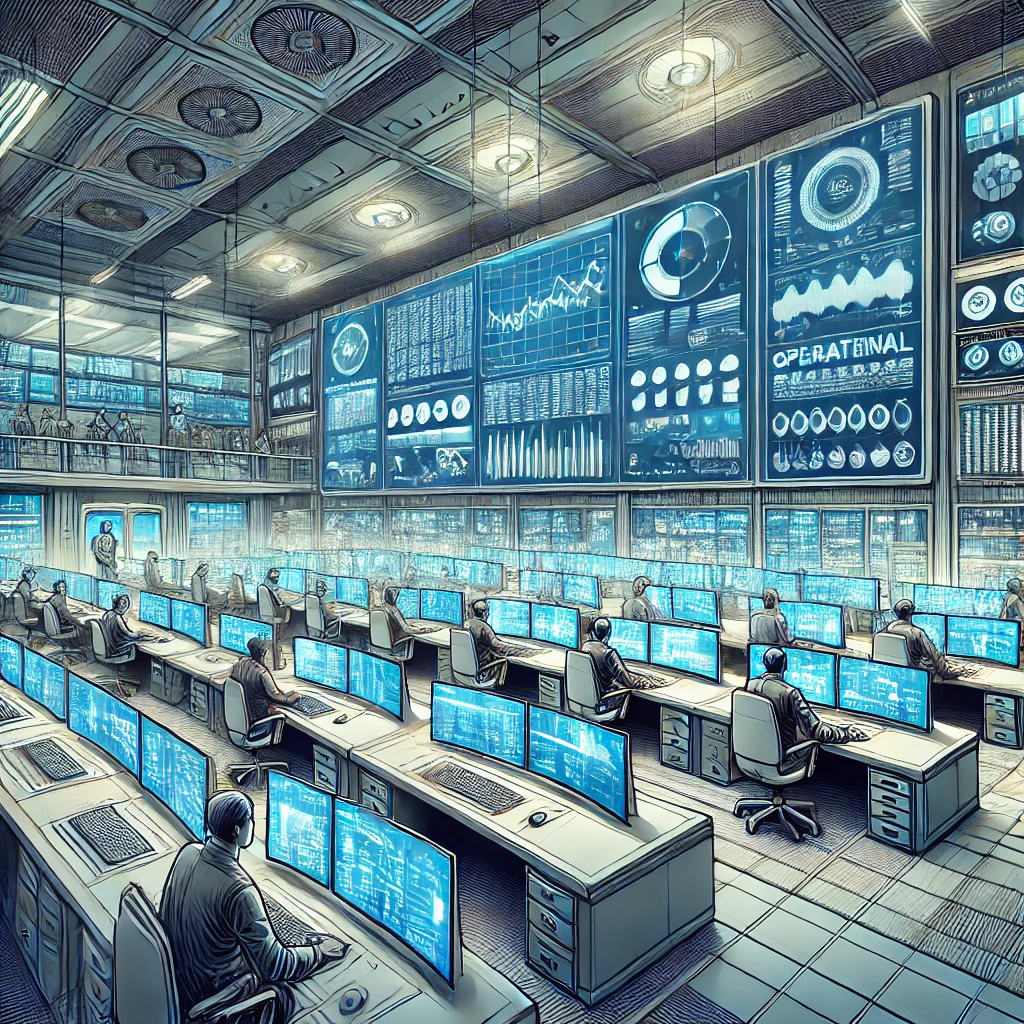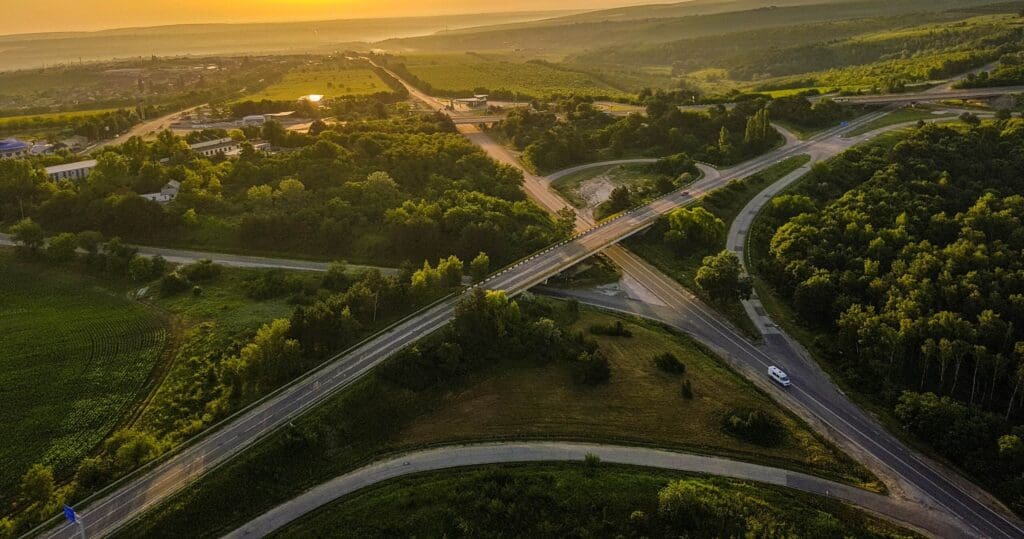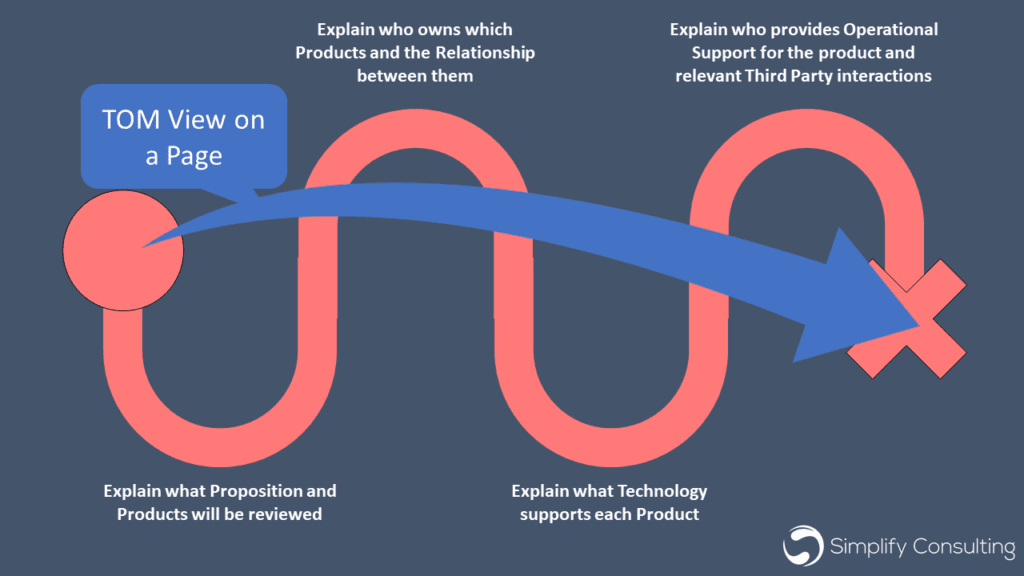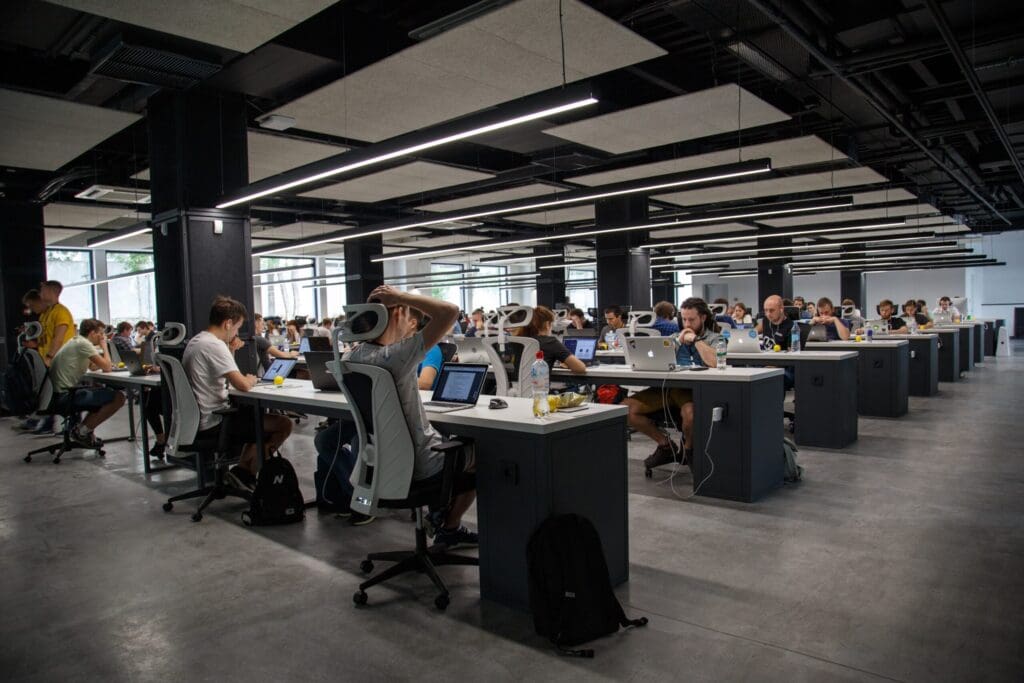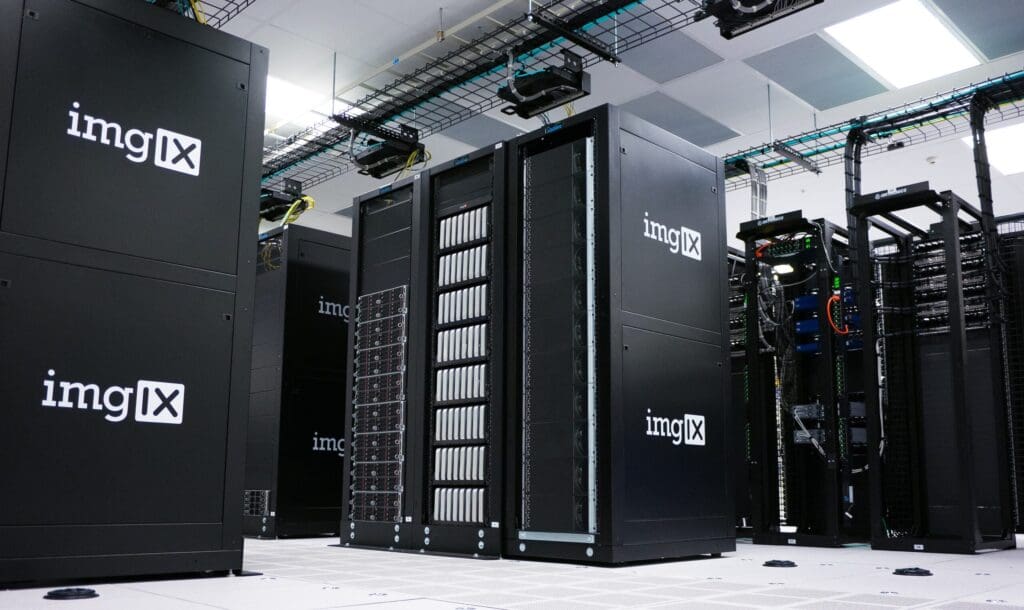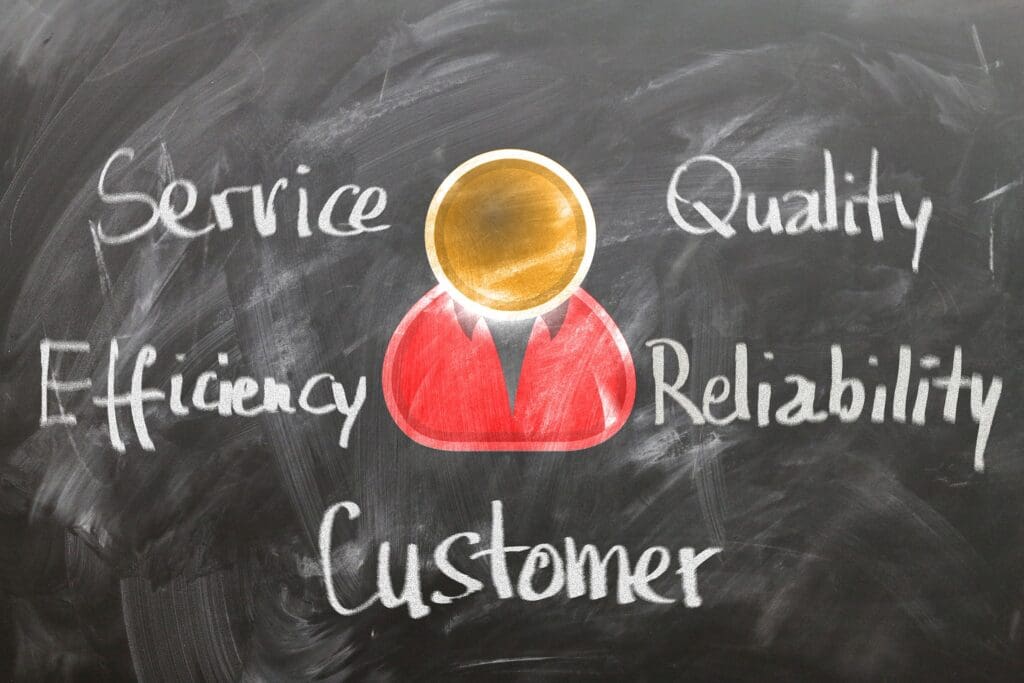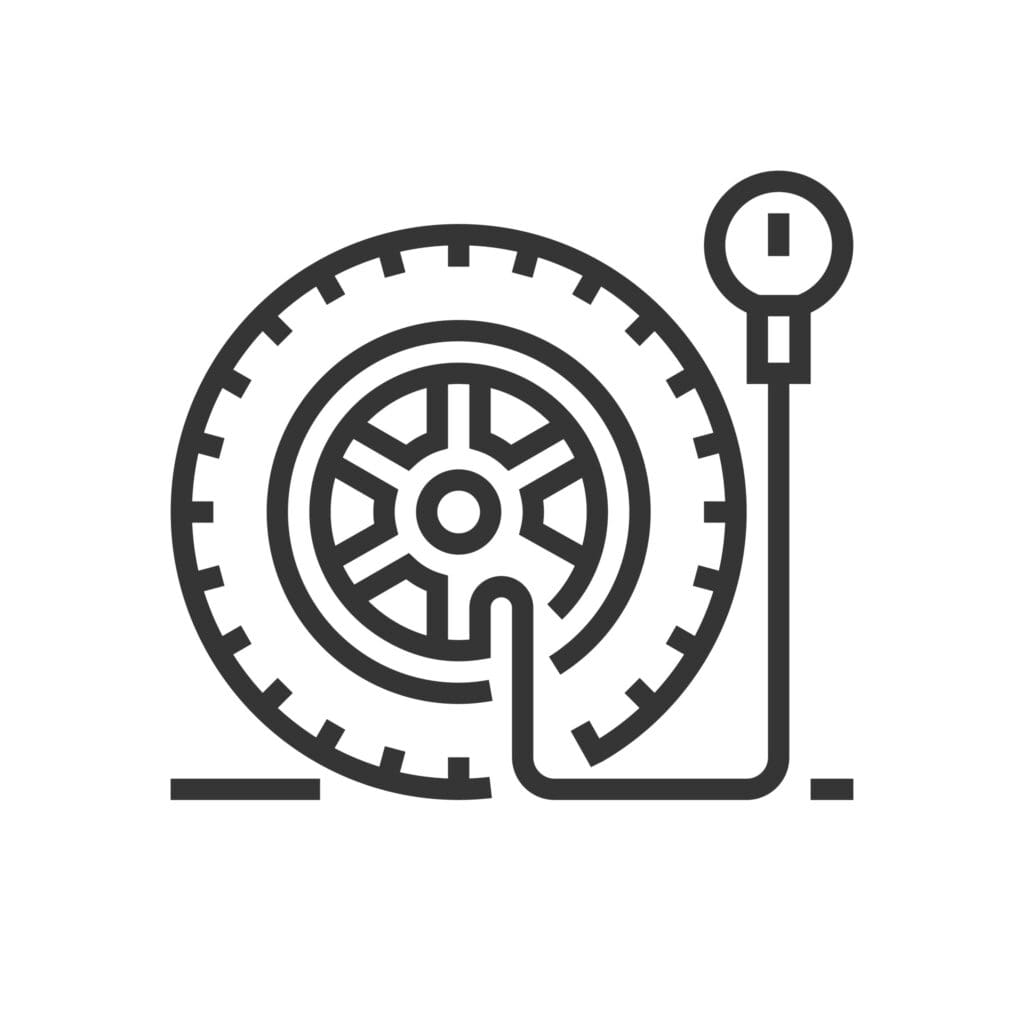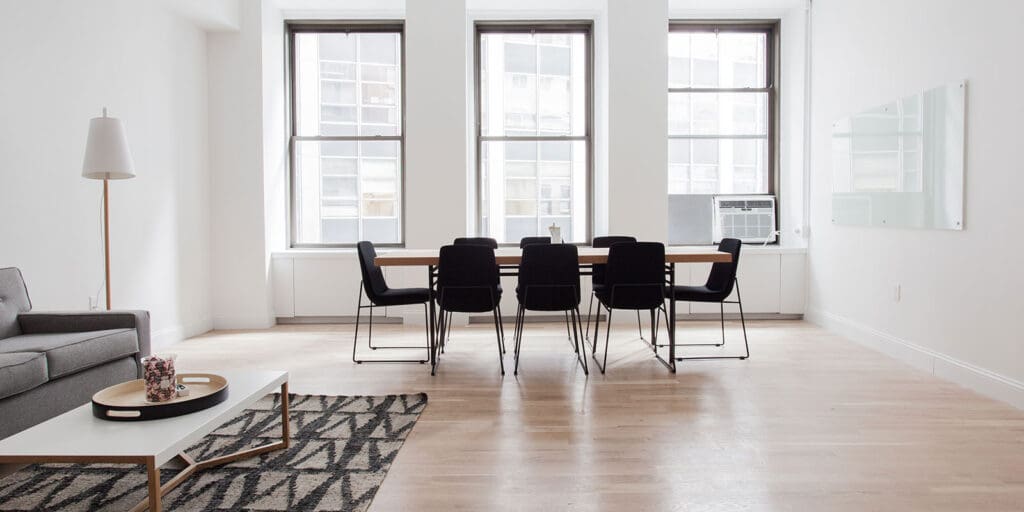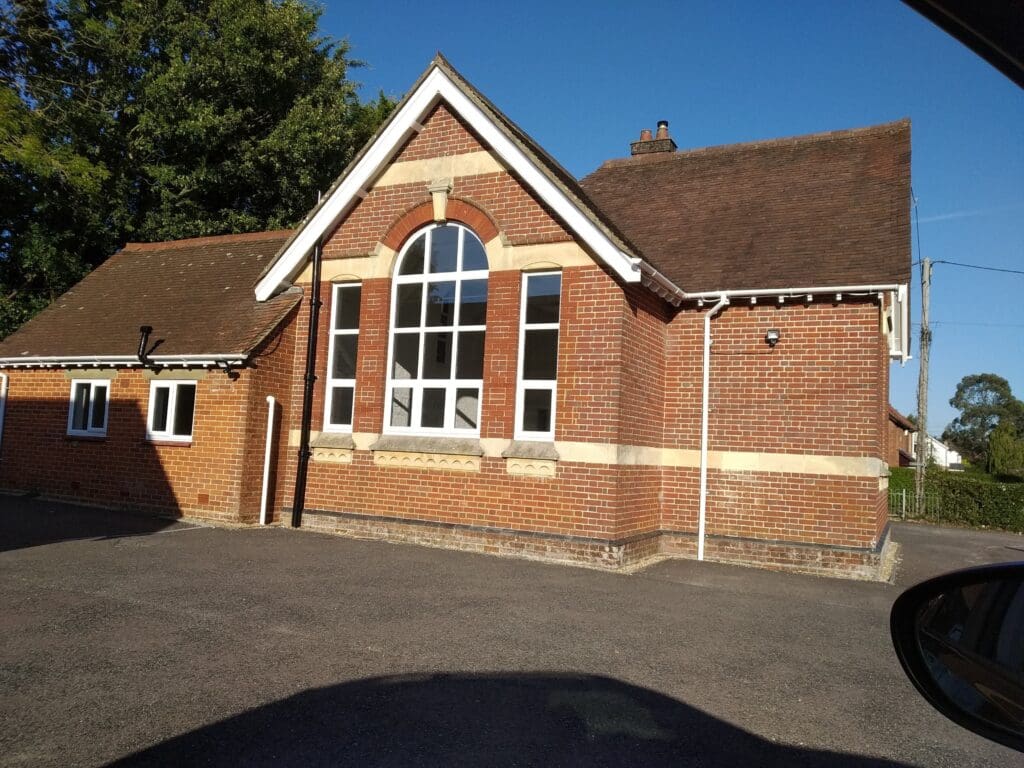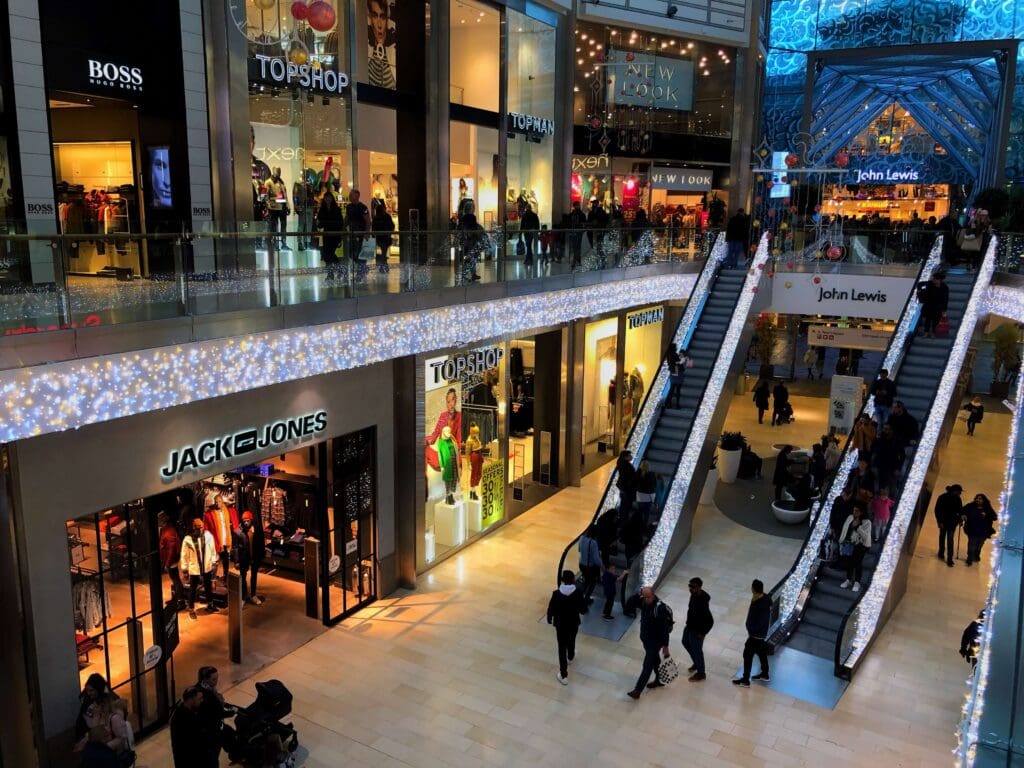Have you ever wondered what the difference is between Enterprise, Solution & Software Architecture? As an enterprise architect, I often see people confused by these terms. So, I want to explain them simply and show their importance when implementing projects involving IT systems.
The different practices are essentially layers of abstraction, as follows:
Enterprise Architecture: The Big Picture Thinker
Think of enterprise architecture as the highest-level view, like looking at the entire city plan. It shows how a company’s people, products, processes, IT systems & data fit into its overall business goals. Enterprise architects are like the city planners for tech – they create the rules, standards and guidelines to make sure everything works together smoothly across the whole organisation.
Solution Architecture: Designing the Specific Building
Solution architecture zooms in a bit. It focuses on tackling a specific problem or opportunity the business has. Solution architects are like the architects designing a particular building. They figure out what systems and applications are needed to solve that problem and how they’ll work together.
Software Architecture: Getting Down to the Bricks and Mortar
Software architecture is the most detailed level. It dives into the nitty-gritty of a single software system. Software architects are like the construction managers and engineers who decide exactly how the software components will be built, how they’ll talk to each other and how the data will be structured.
Security Architecture: Keeping Everything Safe and Secure
Security architecture is all about designing the defences to protect a company’s digital assets. It’s like planning out the security measures for a building or a whole neighbourhood – things like locks, alarms and security cameras. A good security architect makes sure everything is safe, private and always available.
Using the analogy of designing a house we can explain it in friendlier terms:
- Enterprise Architecture: This is like the “birds-eye” view of the house and its surroundings. It shows the house in its plot of land, the garden, the driveway and how it connects to the roads and the wider community. It’s about how the house fits into the bigger picture.
- Solution Architecture: This is like the exterior and interior design of the house. Think about the floor plan and how the rooms are laid out. It shows where the important things like the toilet, shower and washing machine will go, but not exactly how the pipes will connect them.
- Software Architecture: This is like the details of how everything inside the house actually works. It describes how the pipes connect to the appliances, how the electrical wires run and even things like where the doors and windows go and how the roof is built.
- Security Architecture: This is like the locks on the doors and windows, but also includes things like a burglar alarm and security lights to keep the house safe.
Now that we’ve got the basic idea with our house analogy, let’s see how this relates to real world business transformation projects:
Enterprise Architecture: Laying the Groundwork
Imagine you’re building a new house in a special historical area. You can’t just build anything. You need to build something that fits in with the surroundings, using similar materials and designs. Enterprise architecture is like understanding that “neighbourhood” – the company’s existing technology, the industry rules and the overall business goals.
- Local Materials: Just like choosing bricks or stone to match the area, enterprise architecture considers the company’s current systems, processes and data.
- Building Regulations: You’d need to follow local building codes. In the tech world, this means following rules like GDPR (for privacy) or security standards.
- Environmental Impact: Thinking about energy-efficient designs is like enterprise architecture considering sustainable and efficient tech use.
- Strategic Fit: The house design needs to fit what the owner wants (a family home or a business). Similarly, enterprise architecture makes sure tech projects help the company achieve its goals.
Solution Architecture: Adding the Details
We already know solution architecture is like the house design. But how does it help with big project changes?
- Exterior Design (Elevations): Just like the outside look of the house shows its style and size, solution architecture outlines the main systems and applications and how they interact. It gives everyone a visual idea of the final product.
- Interior Design (Floor Plans): Like the room layout shows how people will move through the house, solution architecture shows how different software parts and databases connect and how data flows. It shows where key functions (like processing orders or storing customer info) will live, but not the specific technical connections.
Software Architecture: Making it Liveable and Functional
Software architecture is like connecting your house to the essential services – electricity, gas, water and sewage. It’s about making sure everything works together smoothly and that we can easily update and reuse parts.
- Mains Electricity: Connecting to the power grid is like integrating with other important systems and online services (APIs).
- Gas and Water: Getting gas and water flowing is like making sure data can easily move between different systems.
- Standard Windows and Doors: Using common sizes makes things easier to replace. In software, this is like using reusable bits of code and standard ways of building things.
- Modular Bathrooms and Kitchens: Building these as units makes them easier to install and fix. This is similar to breaking down software into smaller, independent parts (like micro-services).
- Repeatable Designs: Using the same type of sockets & light fittings is like using templates and automated tools in software to keep things consistent.
Security Architecture: Your Home’s Security System
Security architecture is all about keeping the “bad actors” out of your digital home. We want to stop them from getting in, but if they do, we want to know about it, catch them and be able to recover any stolen items
- Window and Door Locks: These are the basic ways to prevent unauthorised access, like strong passwords and controlling who can access different parts of the system.
- Burglar Alarms: These don’t stop someone from breaking in, but they alert you if it happens, like systems that detect suspicious activity on our networks.
- Security Cameras: These record what happens, giving us evidence if there’s a problem, just like keeping logs of what happens in our systems.
- Safe Room/Panic Room: This is a secure place to go during an emergency, like having plans and teams ready to deal with security incidents
Conclusion
By thinking about the levels of architecture in this way, we can see how they are all important & interconnected. Enterprise, solution, software & security architecture are all critical components of successful projects. By understanding the differences between these types of architecture, you can ensure that your projects are aligned with the business strategy and meet the specific needs of the business.
Next time I will look at the four architecture domains, Business, Data, Application & Technology and how they must co-exist and compliment each other to deliver successful outcomes.
If you are looking at transforming your architecture, come and talk to us at Simplify Consulting!

Chris Moore
Head of Solution Architecture
